Themed collection Biomaterials for Imaging and Sensing

Introduction to Biomaterials for Imaging and Sensing
Guest editors Jesse Jokerst and Kanyi Pu introduce the Biomaterials Science themed collection on Biomaterials for Imaging and Sensing.

Biomater. Sci., 2021,9, 283-284
https://doi.org/10.1039/D0BM90106G
Synergistic agents for tumor-specific therapy mediated by focused ultrasound treatment
In this minireview, synergistic agents for focused ultrasound tumor treatment are reviewed in four therapy mechanisms: sonodynamic plus chemotherapy, microbubble-aided therapy, localized drug delivery, and photoacoustic image-guided therapy.
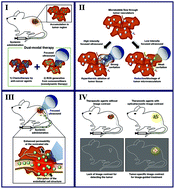
Biomater. Sci., 2021,9, 422-436
https://doi.org/10.1039/D0BM01364A
Recent advances in stimuli-responsive in situ self-assembly of small molecule probes for in vivo imaging of enzymatic activity
Stimuli-responsive in situ self-assembly of small molecule probes into nanostructures has been promising for the construction of molecular probes for in vivo imaging.
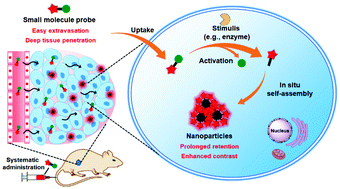
Biomater. Sci., 2021,9, 406-421
https://doi.org/10.1039/D0BM00895H
Gold nanoparticles to enhance ophthalmic imaging
Gold nanoparticles are promising OCT and PAI contrast agents for ophthalmic imaging because of their high light scattering/absorption from SPR.
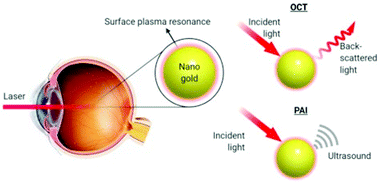
Biomater. Sci., 2021,9, 367-390
https://doi.org/10.1039/D0BM01063D
More than skin deep: using polymers to facilitate topical delivery of nitric oxide
Polymers can facilitate delivery of nitric oxide, improving stability and control of release for effective treatment of common skin disorders.
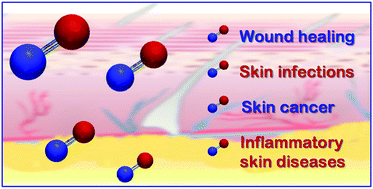
Biomater. Sci., 2021,9, 391-405
https://doi.org/10.1039/D0BM01197E
Peptide-based supramolecular hydrogels for bioimaging applications
Peptide-based supramolecular hydrogels have unique merits in bioimaging applications.
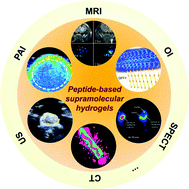
Biomater. Sci., 2021,9, 315-327
https://doi.org/10.1039/D0BM01020K
Medical imaging of tissue engineering and regenerative medicine constructs
This review discusses key outcome measures for TERM constructs and various imaging techniques that can be used to assess them.
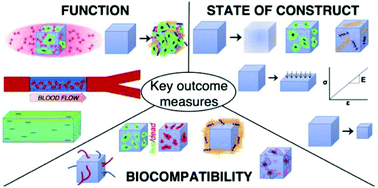
Biomater. Sci., 2021,9, 301-314
https://doi.org/10.1039/D0BM00705F
Hybridizing clinical translatability with enzyme-free DNA signal amplifiers: recent advances in nucleic acid detection and imaging
Strand amplifying HCR and CHA are adaptable with signalers for novel and clinically translatable nucleic acid sensors and imaging agents.
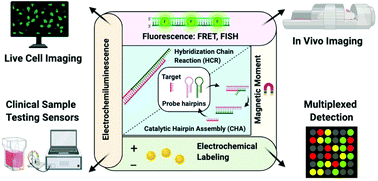
Biomater. Sci., 2021,9, 347-366
https://doi.org/10.1039/D0BM00931H
Recent advances in semiconducting polymer dots as optical probes for biosensing
This review mainly summarized the recent results that used bright polymer dots (Pdots) for the detection of different analytes such as reactive oxygen species (ROS), metal ions, pH values, and a variety of biomolecules.
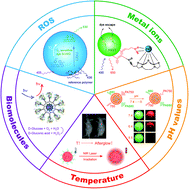
Biomater. Sci., 2021,9, 328-346
https://doi.org/10.1039/D0BM01038C
The development of phosphorescent probes for in vitro and in vivo bioimaging
This review mainly introduces the phosphorescent probes applied in vitro and in vivo bioimaging.
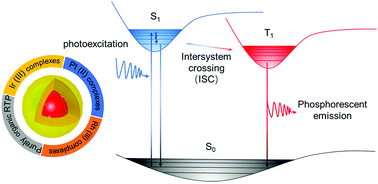
Biomater. Sci., 2021,9, 285-300
https://doi.org/10.1039/D0BM00819B
Recent advances in improving tumor-targeted delivery of imaging nanoprobes
This review discusses various recent strategies based on different targeting ligands to improve the tumor-specific targeting of nanoprobes toward precision imaging diagnosis.
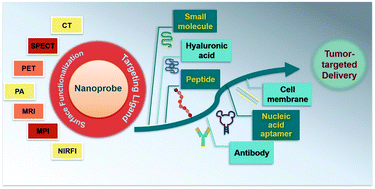
Biomater. Sci., 2020,8, 4129-4146
https://doi.org/10.1039/D0BM00761G
A peptide-based aggregation-induced emission bioprobe for selective detection and photodynamic killing of Gram-negative bacteria
A bioprobe with aggregation-induced emission characteristics is developed, which can visualize and photodynamically ablate Gram-negative bacteria in a selective manner.
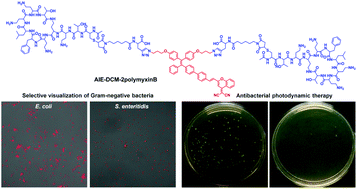
Biomater. Sci., 2021,9, 437-442
https://doi.org/10.1039/D0BM01330G
Nanocarriers targeting adipose macrophages increase glucocorticoid anti-inflammatory potency to ameliorate metabolic dysfunction
Obesity is associated with systemic inflammation due to macrophage accumulation in adipose tissue (AT).
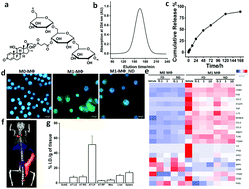
Biomater. Sci., 2021,9, 506-518
https://doi.org/10.1039/D0BM01142H
Tb-Doped core–shell–shell nanophosphors for enhanced X-ray induced luminescence and sensitization of radiodynamic therapy
Tb doped core/shell/shell nanophosphor exhibits robust X-ray luminescence and potential in radiodynamic therapy.
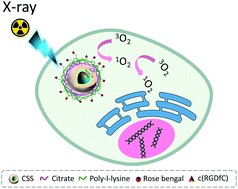
Biomater. Sci., 2021,9, 496-505
https://doi.org/10.1039/D0BM00897D
A colorful approach towards developing new nano-based imaging contrast agents for improved cancer detection
Coloring dyes reveal potential as optical imaging contrast agents for cancer detection. Tattoo and Design created by artist Adam Sky.
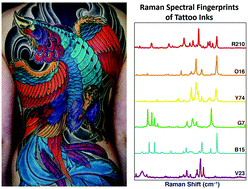
Biomater. Sci., 2021,9, 482-495
https://doi.org/10.1039/D0BM01099E
Quenched cetuximab conjugate for fast fluorescence imaging of EGFR-positive lung cancers
We developed ATTO655 dye-conjugated cetuximab for fast and real-time fluorescence imaging of EGFR-positive lung cancers.
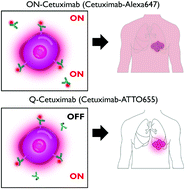
Biomater. Sci., 2021,9, 456-462
https://doi.org/10.1039/D0BM01148G
A highly selective iron oxide-based imaging nanoparticle for long-term monitoring of drug-induced tumor cell apoptosis
PSA was conjugated onto IONP by first covalently linking Neu onto a 10 nm IONP core and then attaching PSA to neu via biotin–avidin interaction. When applied in vivo, IONP-Neu-PSA-Cy5.5 produced persistent near-IR signal specifically for monitoring tumor apoptosis.
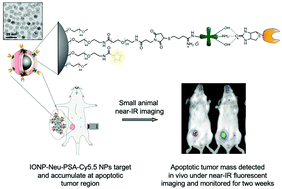
Biomater. Sci., 2021,9, 471-481
https://doi.org/10.1039/D0BM00518E
Theranostic supramolecular polymers formed by the self-assembly of a metal-chelating prodrug
The direct linkage of two camptothecin moieties to a metal chelator creates a self-assembling prodrug capable of associating in aqueous solution into theranostic supramolecular polymers.
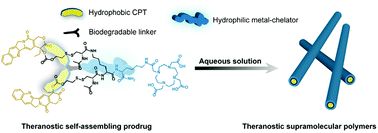
Biomater. Sci., 2021,9, 463-470
https://doi.org/10.1039/D0BM00827C
Novel anilino quinazoline-based EGFR tyrosine kinase inhibitors for treatment of non-small cell lung cancer
The two novel anilino quinazoline-based EGFR-TKIs have promising anti-tumor activity and limited hepatotoxicity, representing excellent candidates for combating the NSCLC.
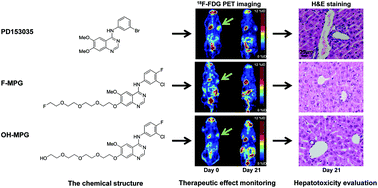
Biomater. Sci., 2021,9, 443-455
https://doi.org/10.1039/D0BM00293C
Facile formulation of a long-wavelength cyanine for optical imaging in the second near-infrared window
A dozen commercial NIR-II dyes are screened for simple formulation and one is applied for in vivo optical imaging in mice.
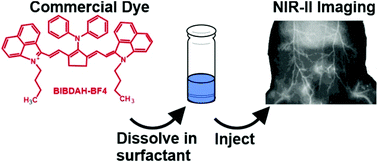
Biomater. Sci., 2020,8, 4199-4205
https://doi.org/10.1039/D0BM00572J
Cocaine analogue conjugated magnetic nanoparticles for labeling and imaging dopaminergic neurons
An iron oxide nanoparticle conjugated with a cocaine analogue exhibits small size and long-term stability with the ability to target dopamine transporter-expressing neurons and provides excellent contrast enhancement under MRI, demonstrating great potential for neuroimaging.
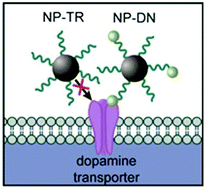
Biomater. Sci., 2020,8, 4166-4175
https://doi.org/10.1039/D0BM00546K
Peptide assembly assisted triplet–triplet annihilation photon upconversion in non-deoxygenated water
Peptide-tuned TTA-UC luminescence is reported by the formation of UC chromophore-assembled tetrahedral nanorods. Intense UC emission from the upconversion donor to acceptor in nanorods can be observed in non-deoxygenated water.
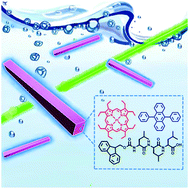
Biomater. Sci., 2020,8, 3072-3077
https://doi.org/10.1039/D0BM00231C
In situ self-assembly of conjugated polyelectrolytes for cancer targeted imaging and photodynamic therapy
Both the specific aggregation of PFT-SH in cancer cells and its ROS producing ability led to its use in the targeted killing of cancer cells through efficient photodynamic therapy.

Biomater. Sci., 2020,8, 2156-2163
https://doi.org/10.1039/C9BM01912J
About this collection
A collection of original research and reviews focussing on Biomaterials for Imaging and Sensing. The goal of this collection is to highlight the most exciting advances in responsive materials, as applied to real-time analysis of analytes relevant to life sciences including proteins, electrolytes and cells. Both in vivo and in vitro measurements were welcome. Here, we define biomaterials broadly including any number of soft or hard materials including plasmonic materials, polymeric systems, self-condensing approaches, biomimicry etc.
Guest Edited by Jesse Jokerst (UC San Diego, USA) and Kanyi Pu (Nanyang Technological University, Singapore).